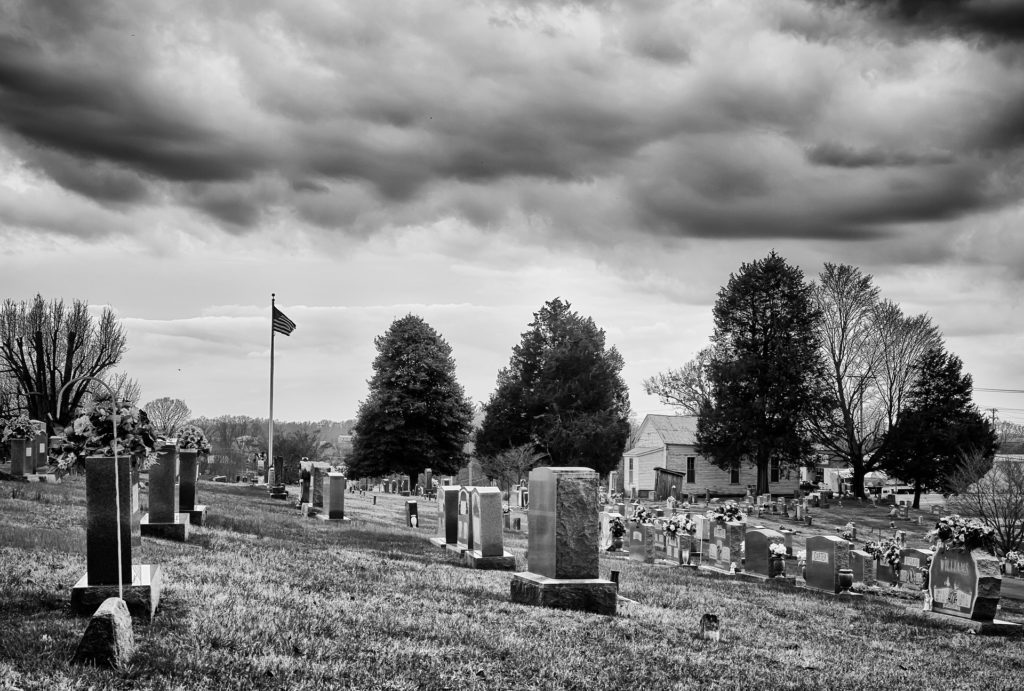
Over 200 years ago, a free Black man named Andrew Durnford, operated a sugar plantation where he used slaves but paid them during the Civil War and freed them after Emancipation. This plantation was across the Mississippi in Plaquemines Parish. There is a family cemetery there which is under threat of progress.
Thick woods overtook the old St. Rosalie Plantation house more than 70 years ago. But to the people of Ironton, a community of modest homes just south of those woods, St. Rosalie remains a powerful symbol of Black heritage in the heart of what used to be a bastion of White supremacy — Plaquemines Parish. And now, plans to build a new oil export facility on St. Rosalie are raising concerns about whether a key part of that heritage could be erased.
nola.com
The cemetery is know. Records of it are stored at the Tulane University Archives. There are also unmarked graves of slaves that died. To the parish, the cemetery is hidden in plain sight only they refuse to see.
“We would see the graves,” said Wilkie DeClouet, a retired Jefferson Parish sheriff’s deputy who lives in Ironton. “We knew the graves was there, but we know to go around and you respect that kind of stuff.” But DeClouet and his neighbors have witnessed plenty of disrespect for those cemeteries over the years. And recently, they feared the parish’s thirst for industrial development would lead to a final desecration.
The oil terminal planned for this area is not the first time the cemetery has been threatened. A nuclear plant was proposed in 1977 and vandalism, or not, occurred.
In 1977, Louisiana Power & Light was preparing to build a nuclear power plant at St. Rosalie when the utility’s bulldozers crushed the Durnford family tombs. Plaquemines Parish historian Rod Lincoln said LP&L blamed “treasure seekers” for using the bulldozers when they were left near the tombs over a weekend. To DeClouet, it sounded like an excuse for one of many failed attempts over the years to build on top of a sacred place. “They’re going to blame it on vandalism. It wasn’t vandalism,” DeClouet said.
Now the parish is planning a $20 million oil terminal complex with tanks proposed to sit where the cemetery sits. In planning for this construction, with the rule that cemeteries can not be desecrated, an environmental study recorded 13,000 artifacts from the plantation site.
Archaeologists and other investigators found almost 13,000 artifacts from the plantation, including pieces of inscribed tombstones, wood and screws from coffins and three pieces of human bone. In July 2020, archaeologists hired by PLT filed another report with the state pinpointing the two historic cemetery locations and recommended avoiding construction on those areas. But in the same report, PLT indicated it still planned to build two oil storage tanks on top of the location identified as the main cemetery for enslaved people, and another tank less than 25 feet from the location identified as the Durnford family plot.
The parish maintains that no one mentioned the cemeteries. While this is not one of our activism spots, it still is a case of building industrial plants in the neighborhoods of minority populations, disregarding all to build for progress. What cost progress?



